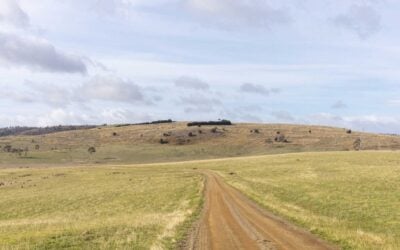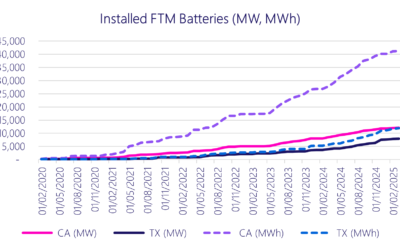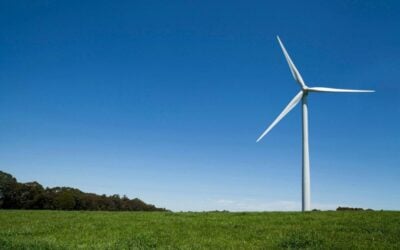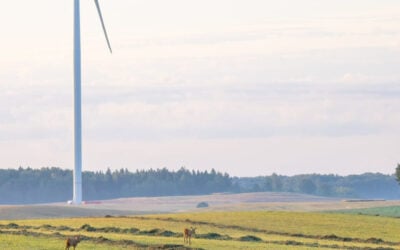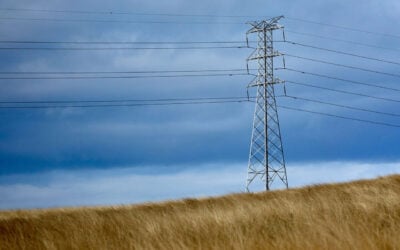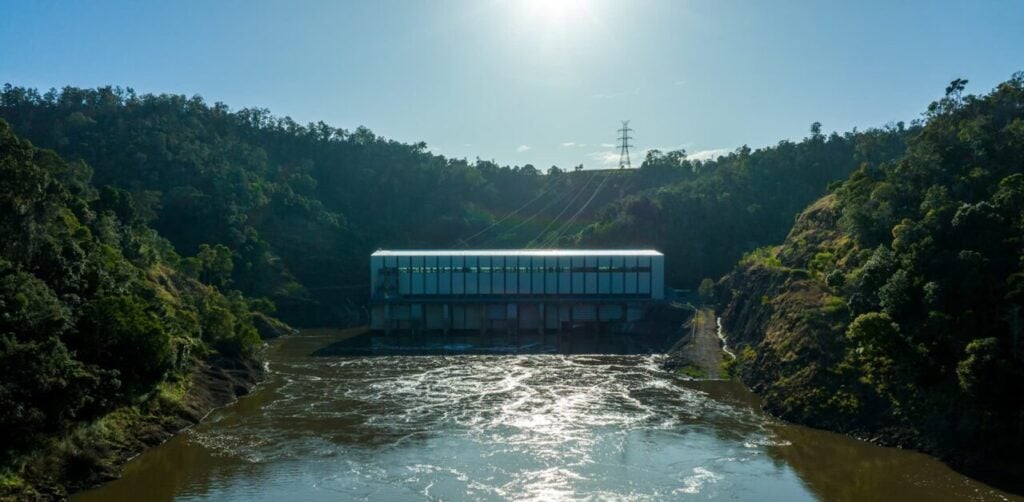
Australia’s Queensland government is set for crunch talks with Queensland Hydro to “save” the 2GW/48GWh Borumba pumped hydro energy storage (PHES) project, with its cost having increased to AU$18 billion (US$11.5 billion) and been delayed by three years.
According to the Queensland government, the right-wing Liberal National Party (LNP) of Queensland, led by premier David Crisafulli, the previous Labor government had blown out the cost of the Borumba project by AU$4 billion.
Enjoy 12 months of exclusive analysis
- Regular insight and analysis of the industry’s biggest developments
- In-depth interviews with the industry’s leading figures
- Annual digital subscription to the PV Tech Power journal
- Discounts on Solar Media’s portfolio of events, in-person and virtual
Alongside this, the government has identified that there is less than a 1% chance that the project will be completed in time for its planned first power date of 2030. Instead, it is believed the project will be completed in July 2035.
The analysis conducted by the LNP government shows that the government was built in “unrealistic assumptions when scoping the time and cost of the PHES project”.
Crisafulli previously said the government has a “laser-like focus” on finding affordable ways to continue developing the Borumba project. In September 2024, a flurry of major contracts for the PHES project were signed.
This laser-like focus will now see Queensland treasurer and energy minister David Janetzki meet with Queensland Hydro today (5 December) to work out a way to save the project, covering environmental, stakeholder, and cost issues.
Commenting on the new revelations on the Borumba PHES project, Janetzki reaffirmed the government’s commitment to “deliver an energy policy guided by engineering and economics, not ideology”.
This stance has already seen the government target another of Queensland’s large-scale PHES projects. In early November, the new Queensland government pulled the plug on the world’s largest PHES site, the 5GW/120GWh Pioneer-Burdekin Pumped Hydro Project.
Similarly to the Borumba PHES site, the government cited that the project was “not financially viable, not environmentally appropriate and the community was never consulted”.
Indeed, a report commissioned by the government outlined that the AU$36 billion project would have led to unnecessary additional costs for Queensland residents, with each household spending AU$15,653.
Queensland has another large-scale PHES project in development in the form of Genex Power’s the 250MW/2,000MWh Kidston 2 project, currently under construction. The project is located at a former goldmine site in Kidston, northern Queensland, and is expected to cost about AU$777 million in total.
Construction of the project commenced in May 2021 with energisation on track for the second half of 2025. It will be Australia’s first new PHES facility built since 1984 once completed.
Another blow to Australia’s PHES ambitions
The delay and increase in funding for the Queensland PHES project are another blow to the Australian PHES sector amid questions about the technology in the island state of Tasmania.
Famed for its vast hydroelectric generation capacity and being net zero in six out of the last seven years, the island is looking to become the ‘Battery of the Nation’ by developing a network for PHES projects that can help supply renewable energy generation to the National Electricity Market (NEM) when demand spikes.
Utility company Hydro Tasmania’s plan could see between 1,500MWh and 3,500MWh of pumped hydro developed at 10 sites and 2,000MW to 6,500MW of wind power that could provide up to 20% of the total need for dispatchable capacity in the NEM through to 2040.
However, speaking exclusively to Energy-Storage.news earlier this year, Thomas Fitzsimons, a senior modeller at UK-based research group Cornwall Insight, believes that the viability of these PHES projects could “come into question” given a lack of interconnectivity with mainland Australia. Currently, Tasmania is connected to the NEM via the sole 500MW Basslink Interconnector.
It is worth noting that a second interconnector, Marinus Link, is currently under development. The proposed 1.5GW HVDC interconnector will run between Northwest Tasmania and the Latrobe Valley in Victoria. It will be 345km long and include 255km of undersea cables crossing the Bass Strait. Energy-Storage.news recently explored the role of the interconnector in facilitating the state’s ‘Battery of the Nation’ initiative (Premium).
In contrast, to Queensland’s PHES struggles, New South Wales is making advancements. Energy generator and retailer Alinta Energy recently signed an Early Contractor Involvement (ECI) agreement with the joint venture partners Gamuda and Ferrovial to develop the Oven Mountain pumped hydro site, which has a capacity of 7.2GWh.
Oven Mountain will be in the New England Renewable Energy Zone (REZ), leveraging key infrastructure and transmission upgrades to connect to the NEM.

